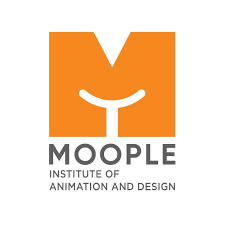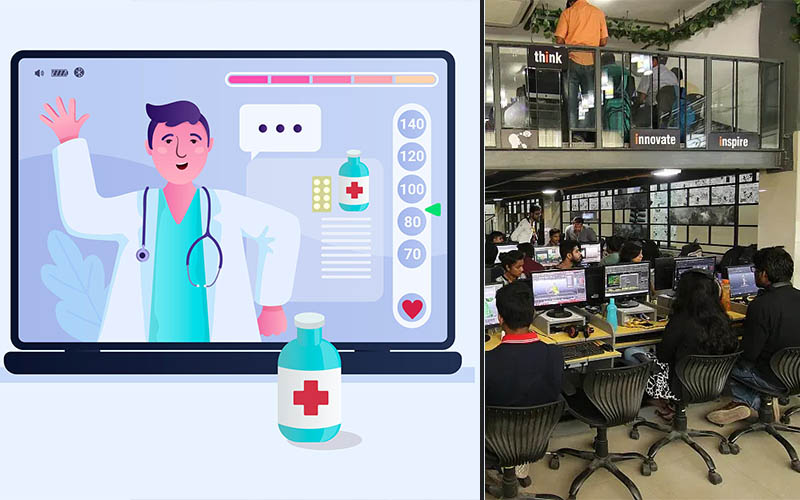Table of Contents
# Medical Education and Training
# Visualizing Medical Concepts
# Surgical Planning and Simulation
# Medical Research and Data Visualization
# Patient Education and Empowerment
Animation has long been associated with entertainment, bringing beloved characters and fantastical worlds to life on the big screen. However, its applications go far beyond the realm of entertainment. In recent years, animation has emerged as a powerful tool in the medical field, revolutionizing the way medical professionals educate, diagnose, and treat patients. From enhancing medical training to simplifying complex concepts for patients, animation is making a significant impact on the healthcare landscape. In this blog, we will delve into the various ways animation is used in the medical field and explore the immense benefits it offers.
Medical Education and Training
One of the most significant contributions of best animation courses to the medical field is its role in medical education and training. Medical students and professionals are tasked with understanding complex anatomical structures, surgical procedures, and physiological processes. Animation helps bridge the gap between theoretical knowledge and practical application by providing immersive, interactive, and visually engaging learning experiences.
Through 3D animation, students can explore the human body from various angles, dissecting organs and studying intricate systems in detail. Animated simulations of medical procedures allow trainees to practice without risk to real patients, honing their skills and building confidence.
Visualizing Medical Concepts
Describing medical conditions and treatment options to patients can be challenging, especially when dealing with complex and abstract concepts. Animation offers a powerful communication tool for healthcare professionals to simplify medical jargon and present information in a visually comprehensible manner.
For instance, animation can be used to illustrate how a particular disease progresses in the body, the mechanisms of action of medications, or the benefits of specific treatments. Visual aids can significantly enhance patients’ understanding of their conditions, enabling them to make more informed decisions about their healthcare.
Surgical Planning and Simulation
Before a surgeon makes an incision, meticulous planning is required to ensure the best possible outcome for the patient. Animation plays a crucial role in surgical planning by creating 3D models based on patient-specific data, such as CT scans and MRI images.
Surgeons can study these virtual models, visualize the affected areas, and practice the procedure before the actual surgery. This process helps reduce the risk of errors, minimizes surgical time, and increases the overall success rate of complex surgeries. Animation training institutes help students understand how to diversify and clone their skills in the medical field.
Medical Research and Data Visualization
In the field of medical research, vast amounts of data are generated and analyzed. Presenting this data in a clear and understandable way is essential for effective communication and decision-making. Animation can be used to visualize research findings, making complex data more accessible and engaging.
Animated charts, graphs, and visual representations of statistical data help researchers and medical professionals identify patterns, trends, and correlations that might not be evident in raw data. This aids in drawing meaningful conclusions and developing targeted treatment plans. Top animation institute in Kolkata cover these.
Patient Education and Empowerment
Informed patients are more likely to actively participate in their treatment journey and make healthier lifestyle choices. Animation offers a unique opportunity to educate patients about their medical conditions, treatment options, and post-treatment care.
By presenting information through animated videos, patients can grasp the intricacies of their conditions and better understand the importance of compliance with prescribed treatments. Empowering patients with knowledge enhances their ability to manage their health effectively, leading to improved outcomes.
Mental Health and Therapeutic Animation
Animation has also found a place in the realm of mental health and therapy. Therapeutic animation, often referred to as “animated therapy,” uses storytelling and visuals to help individuals express emotions, cope with trauma, and develop resilience.
Animated characters and scenarios can serve as relatable metaphors for various emotional experiences, making it easier for individuals to open up and discuss their feelings. Therapeutic animation can be particularly beneficial for children and individuals struggling with verbal expression.
Conclusion
Animation is undoubtedly a game-changer in the medical field, transforming the way medical professionals teach, diagnose, and treat patients. Its versatility and ability to simplify complex concepts have opened new possibilities for medical education, research, and patient care. As technology continues to advance, we can expect animation to play an even more prominent role in shaping the future of medicine, contributing to better healthcare outcomes and patient experiences. The synergy between animation and medicine has set the stage for a healthier, more informed, and empowered society.

